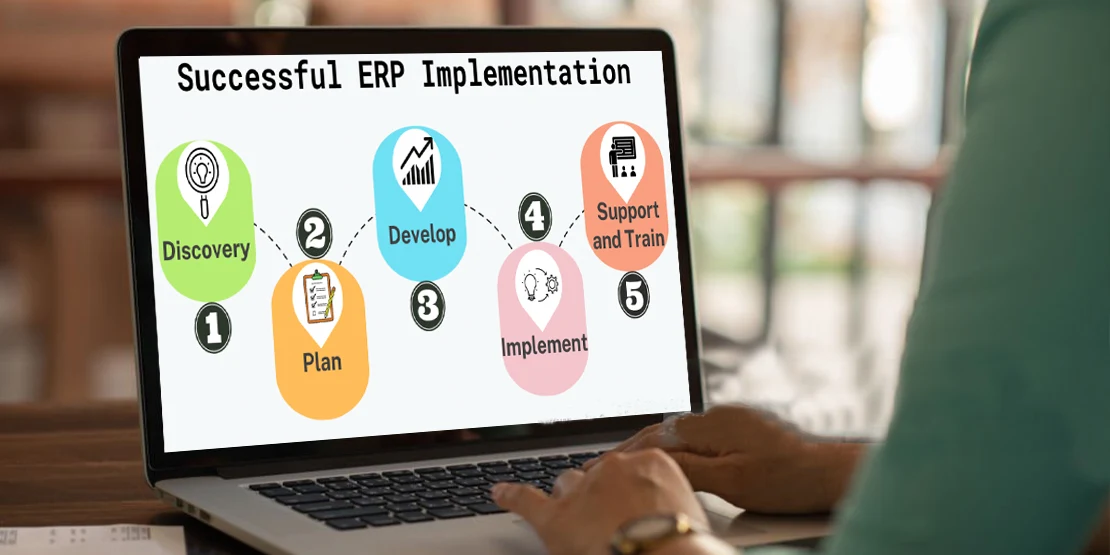
What is ERP Implementation; Methodology, Benefits
Enterprise Resource Planning (ERP) implementation can be understood as a comprehensive process that comprises of processes like planning, configuring, and deploying an ERP system within an organization. The process incorporates various business functions on the terms of finance, human resources, sales, and manufacturing and make it into a unified platform. The ideal goal behind any ERP implementation is to improve its productivity, enhance the businesses overall decision-making, and streamline the operations across the organization. There are a huge number of people that thinks ERP implementation is only a technical endeavor but if we understand it deeply it is a strategic initiative that aligns technology with business objectives to drive growth and efficiency to the users.
What is the Importance of ERP Implementation?
The implementation process of an ERP holds numerous reasons to get as
Quick Integration
It will help the venture to integrate a process that particularly tailored you’re processing. The ERP system connects the various departments of the organization into a single integrated unit that allows you to have seamless data flow and communication.
Quick Decision Making
The next set of importance it holds is the improved decision-making capabilities with a real-time data and better data-driven and accurate information.
Advanced Work Efficiency
The ERP implementation also increases the efficiency of the services under the venture, it automates the core tasks and reduce the manual labor leading to enhanced productivity.
Customization Capability
One of the core importance that the enterprise resource planning software holds is its capability to craft scalable solutions that align with the modern era and can grow with the organization needs and market standard.
Enhanced Business Reporting
The user working on the ERP implementation helps the user to get a better reporting tools with the real-time information about their venture.
Improved Inventory Cost
It helps the user in maintaining the high overhead costs, works well on the customers fulfillment and also tackle the issues within the same.
What is the Objectives of ERP Implementation
To get a successful ERP implementation, organizations must define a clear objectives that align with their overall business strategy. We have provided the user with some common objectives:
Streamlining Business Processes
One of the primary goals of ERP implementation is to standardize your business operations and to automate the overall business processes across departments which helps the user to reduce the redundancy and improve the business efficiency.
Improving Data Accuracy
when the user consolidates the data into a single source of truth, it helps the organizations to minimize the chances of errors that comes along with the manual data entry. On the other hand stakeholders provides the user to access the accurate information.
Enhancing Reporting and Analytics
ERP systems comes with a set of powerful reporting tools that enable the organizations to analyze their performance metrics in real time and also assist them in making informed decisions.
Facilitating Compliance and Risk Management
Implementing an ERP system helps organizations adhere to regulatory requirements by providing built-in compliance features within the system and to provide audit trails.
Supporting Scalability
As businesses grow, there is a high chance that the operations in the venture has become more complex. An effective ERP system should be powerful enough that it can scale alongside the organization, accommodating the various new processes or departments without significant disruption in the existing system.
Improving Customer Service
organizations when work with integrated data on customer interactions and order history, it helps them to enhance their customer service capabilities and they have more quick response to the inquiries and personalizing experiences
What are the types of ERP system?
On-premise ERP
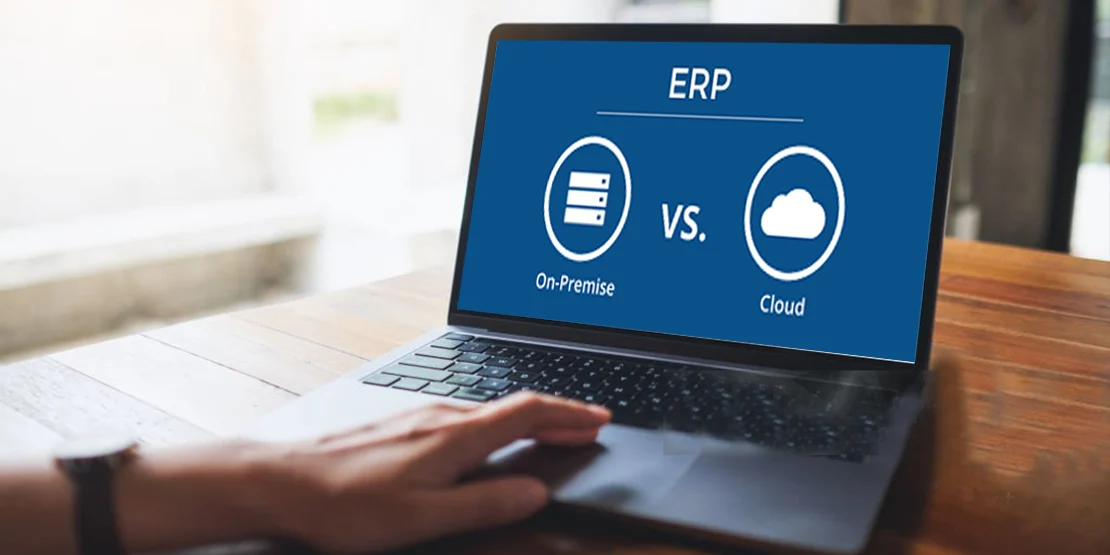
It works on purchasing the software license and also works on installing the ERP system directly on the users server. The user has the complete control over the system and works seamlessly on the customization, integration, implementation on the current users system.
Cloud ERP

Cloud-based ERP is the one that can be used remotely, and offers the user with better scalability, flexibility and cus
Industry-specific ERP

These ERP systems are customized well according to the unique needs and requirements of particular industries. The ERP include the various industry-specific modules, functionalities, and comes with the best solution according to the industry.
Open-source ERP

Open Source helps the user to use the software, they can easily copy it, understand it and even modify it according to the client specifications and the market trends that the particular sector has.
The ERP Implementation Methodology
The ERP Implementation process consists of several core structured phases, that can be an easy solution to guild you towards the best deployment process. environment.
Key Phases of ERP Implementation
Planning and Organization
Project team formation
Have a chart of clear objectives and scopes before implementation.
Craft the plan of project with estimated timelines and resource allocation after the objective planning.
System Design
The user has to study the current business processes and look for areas for improvement in the same.
Design the system according to the organizational needs.
Configuration and Customization
The step involves setting up of the ERP software according to the specific business requirements.
Work on customizing of the required features into the existing process.
Data Migration
It is the step where the transfer of all the existing data comes to a new ERP system with ensured data integrity.
Testing
The testing phase conduct various rigorous testing in order to validate the deployed system meets all requirements.
It also involves the assurance of the new processes to each client.
Go-Live
This stage incorporates the official launch of the ERP system across the organization.
The live stage also involves the support service during any issues that arise.
Post-Implementation Support
The process doesn’t stop here, it also provide extensive ongoing training and support to users.
The last and the most important stage is to gather feedback for continuous improvement.
Challenges in ERP Implementation
Resistance to Change
One of the main challenges that comes with the implementation of ERP is facing the resistance towards the change. ERP implementations largely requires the user to change their work habits, it almost like replacing their familiar manual processes with the new, automated ones for a more productive and quick approach. To tackle this it is important to get the leadership individuals and the stakeholders across the business departments early in the implementation process, also it plays a major role in the successful implementation. To make this transition easily the organizations should work on the features and advantages and the various new ERP system that is important for the stakeholders, especially the ventures end-users, and provide the users with complete training and support.
Data Migration Issues
Data migration also involves the transferring of data from the old systems to the new ERP system. There can be several challenges that may come across this process, it includes the chances of duplicate records, inconsistent data formats, and incomplete or the missing data. Complex data structures, in the components like the bill of materials (BOMs), and the customized data fields in the old systems can further complicate the process of migration. To significantly work on these challenges, the organizations can invest in the data profiling and cleansing the various tools to identify and resolve the overall data quality issues before migration.
Cost Overruns
ERP projects mostly face the problem of exceeding their own planned initial budgets. This often caused because of the organizations underestimate the amount of work required to move to a new system or introducing the innovative approach to the organizations. The Cost overruns can also arise from a failure to a properly assess the technical and the overall human needs of the project at the outset, it may also cause because of the failure to the constrain scope along the way. To mitigate this risk, in the implementation ERP the organizations should carefully map the business processes and needs in order to have the better solution partner like O2B technologies which can work accurately on the scope and also estimate the chances of the project.
Integration Difficulties
Integrating an ERP system with other powerful enterprise software can also give the user a significant challenges. Data duplication or the deletion are some of the major risk that comes when attempting to integrate the systems. Successful integration also requires a deep understanding of the overall organization’s business operations. Before starting an ERP integration project, it is also equally important to understand the business processes across departments. It also works on the data validation and the overall reconciliation process, that the organizations should plan carefully and execute the business integration, keeping the important aspects in mind.
FAQs
What is ERP implementation?
The ERP implementation is a process of installing the selected ERP, while also equally migrating the data to a brand-new system for a better understanding and the customization.
Why is ERP required?
The enterprise resource planning is a process that is required to give the user an improved visibility within their process and the assets, it also works on the overall inventory for the business and much more all under a single platform.
How ERP implementation helps in Quick integration?
The ERP implementation helps the user to get a quick integration as it enables the user's system to pass the important data and information within the business processes for an progressive growth.
What are the 5 components of ERP?
Financial Management, Human Resource Management (HRM), Supply Chain Management (SCM), Customer Relationship Management (CRM), Manufacturing.
What is the goal of implementation of ERP?
The main goal of implementation of the ERP is to reduce the overall risk of the technical glitches, works on the business growth and also equally helps in the innovate solutions and better organizations efficiency.
What is data migration under the ERP implementation process?
Data Migration that conducts the processing of transferring the existing data comes to a new ERP system with ensured data integrity.
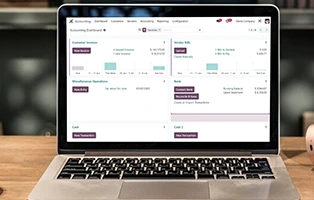



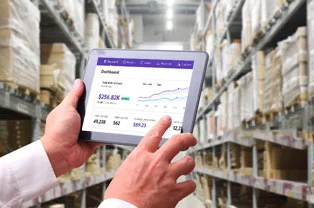
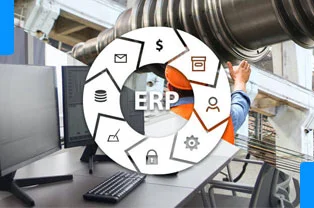





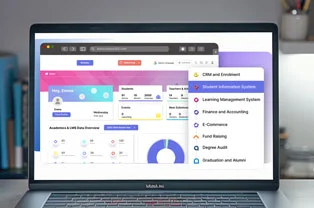








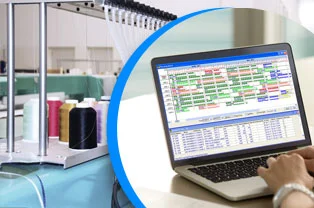



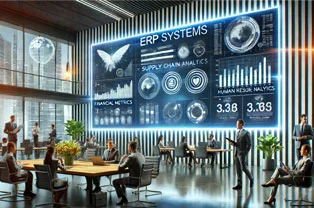








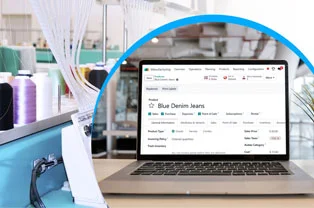
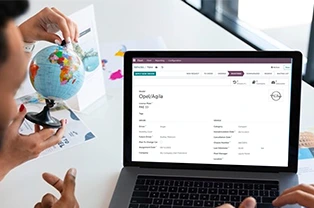

























 USA
USA INDIA
INDIA